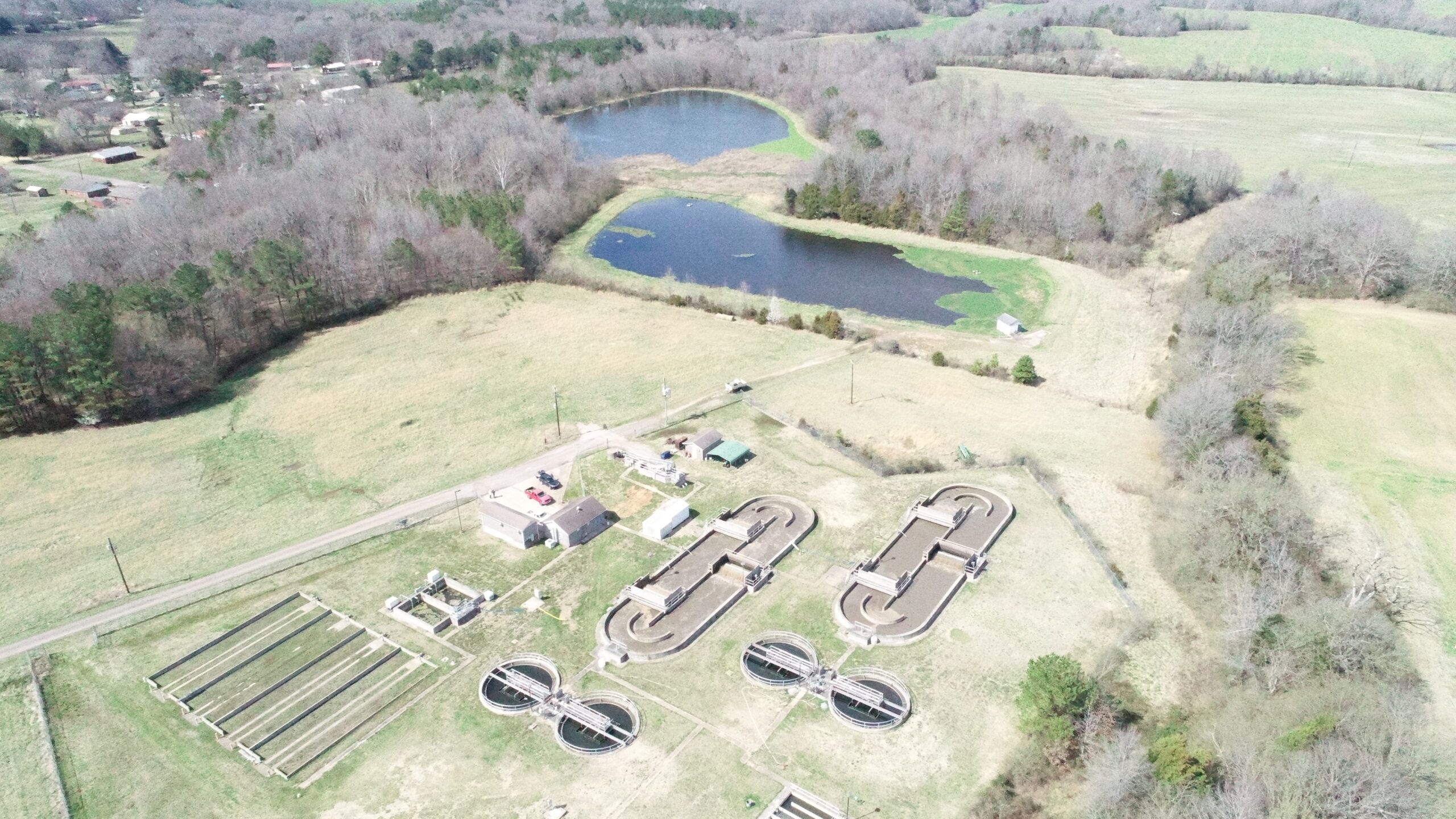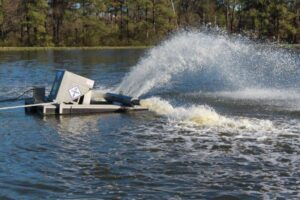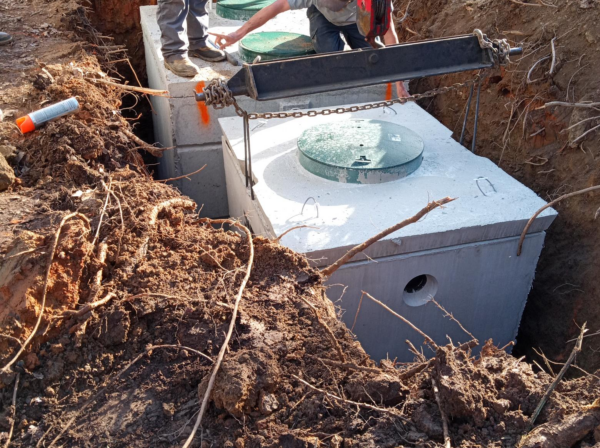Changing Temperatures Can Set Back Wastewater Lagoons

After a long winter or summer, seasonal changes can be pleasant. However, one side effect of changing temperatures is the undesirable effect produced in wastewater systems, particularly lagoon systems. During the fall and spring months, wastewater lagoons often experience turnover due to changing temperatures. During the fall, cold air decreases the temperature in the upper regions of a warm lagoon, or in the spring, warm air increases the temperature in the upper areas of a cold lagoon, it can cause mixing between the upper and lower zones, stirring up lagoon settled solids and releasing gasses that can result in unpleasant odors.
Symptoms of turnover can include the previously mentioned odors, floating sludge, and a darker color in the water of the lagoon. Usually, this is a normal and temporary process. Aside from resident objections to undesirable odors or possible elevated concentrations in the effluent, it is nothing to be concerned about. If the process lasts longer than a few weeks, additional underlying issues may exist.
If a lagoon is experiencing the symptoms of turnover for longer than a few weeks or during stable temperatures in the summer or winter, it is likely overloaded. For aerated lagoons, the first step is often to increase aeration times to introduce more oxygen into the treatment process. Another option is to switch to temporarily operating in parallel for lagoons that are performed in sequence. This can help to decrease loading on individual cells and give the overloaded cell time to recover. If the system has adequate storage capacity, operators may also want to consider recirculating effluent into the affected cell. This can help to dilute the lagoon and increase dissolved oxygen levels. In extreme cases, the affected cell may need to be bypassed or temporary aerators installed to remedy the problem.

Regular wastewater influent testing is essential. Consistent flow measurements can help operators anticipate and diagnose whether these symptoms are typical or the result of overloading. This can help operators remedy the problems before they get out of hand.
For regular seasonal turnover, lagoon facilities with repeated odor complaints from residents might consider establishing a community outreach plan. The plan should include explanations about how these types of systems work, why turnover happens, and the importance of wastewater treatment to a community, which may alleviate resident concerns and temper frustrations. Possible avenues for community engagement include local newspapers, social media or flyers. Although the plan may not prevent all residential complaints, transparency and readily available information may help residents understand what to expect regarding this vital part of their local infrastructure.
It is essential to have plans to deal with the many challenges a wastewater treatment system can throw at you. Being on the lookout for changes, knowing what is normal and what may require operational adjustments, and having a robust community engagement plan will go a long way toward dealing with challenges like lagoon turnover.



